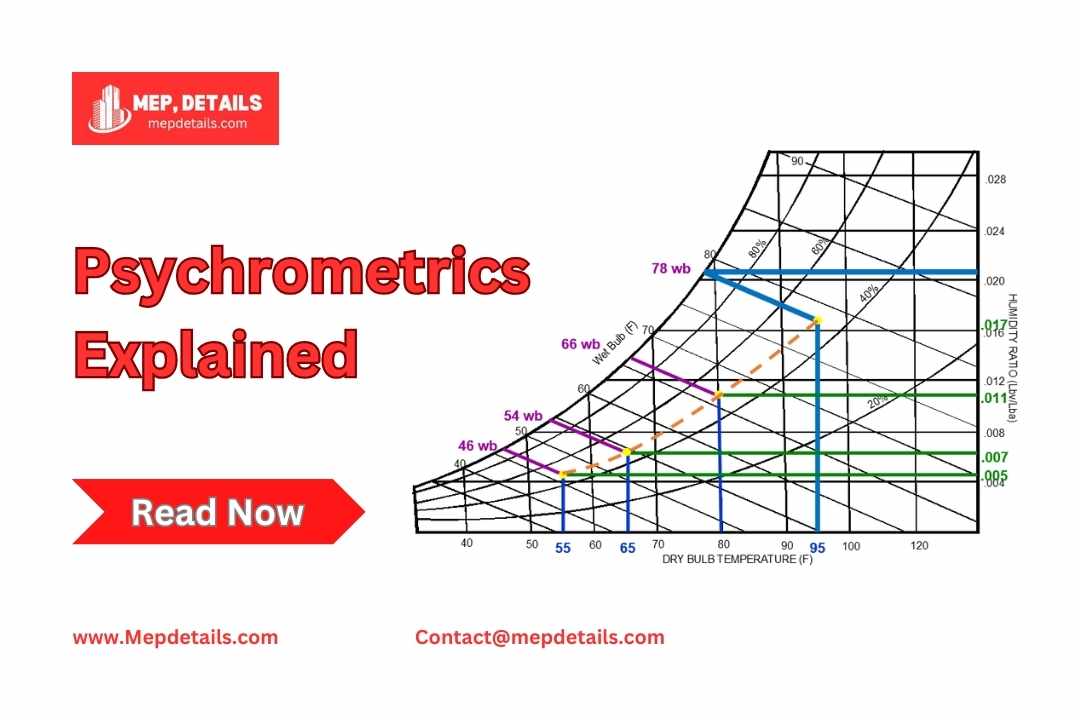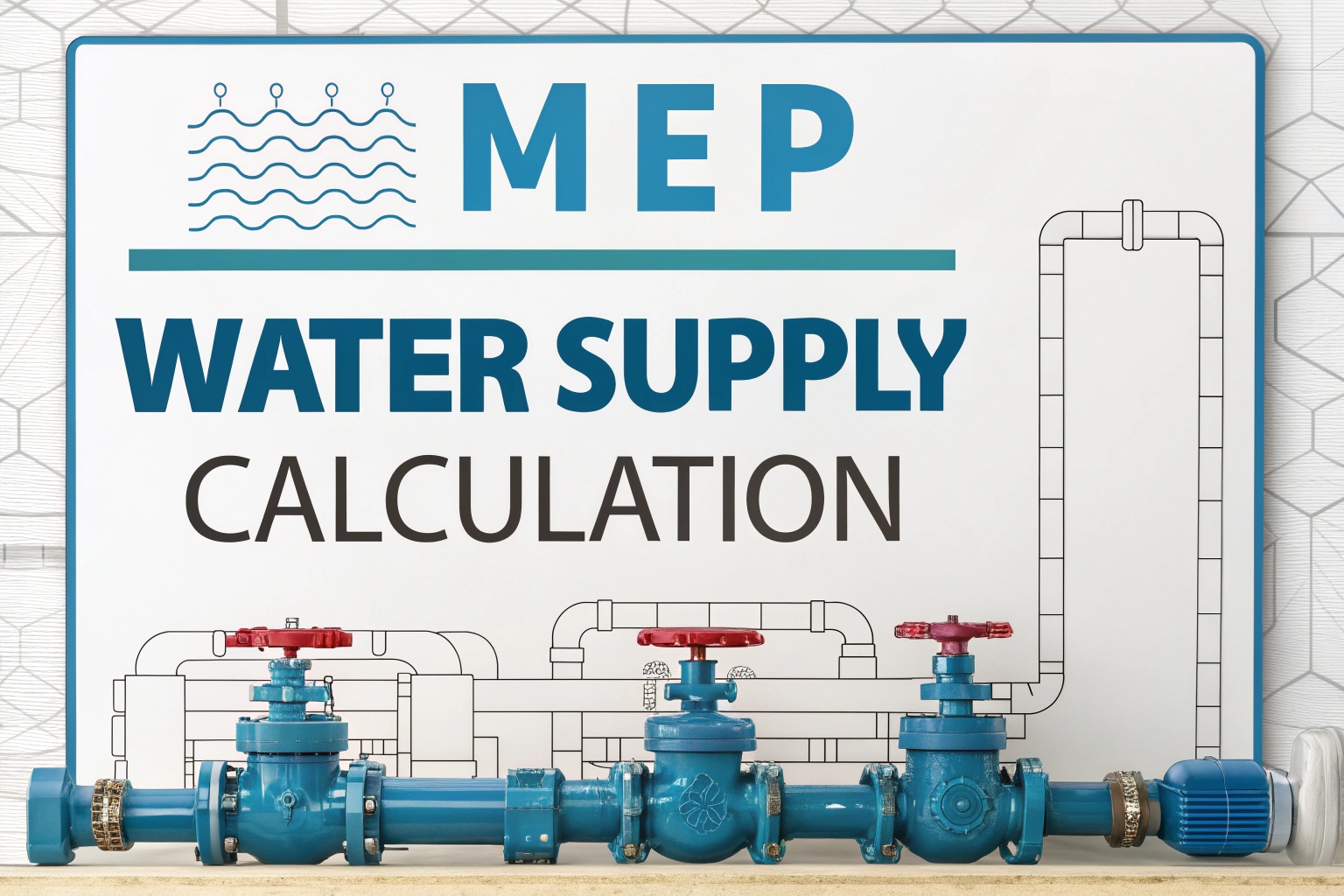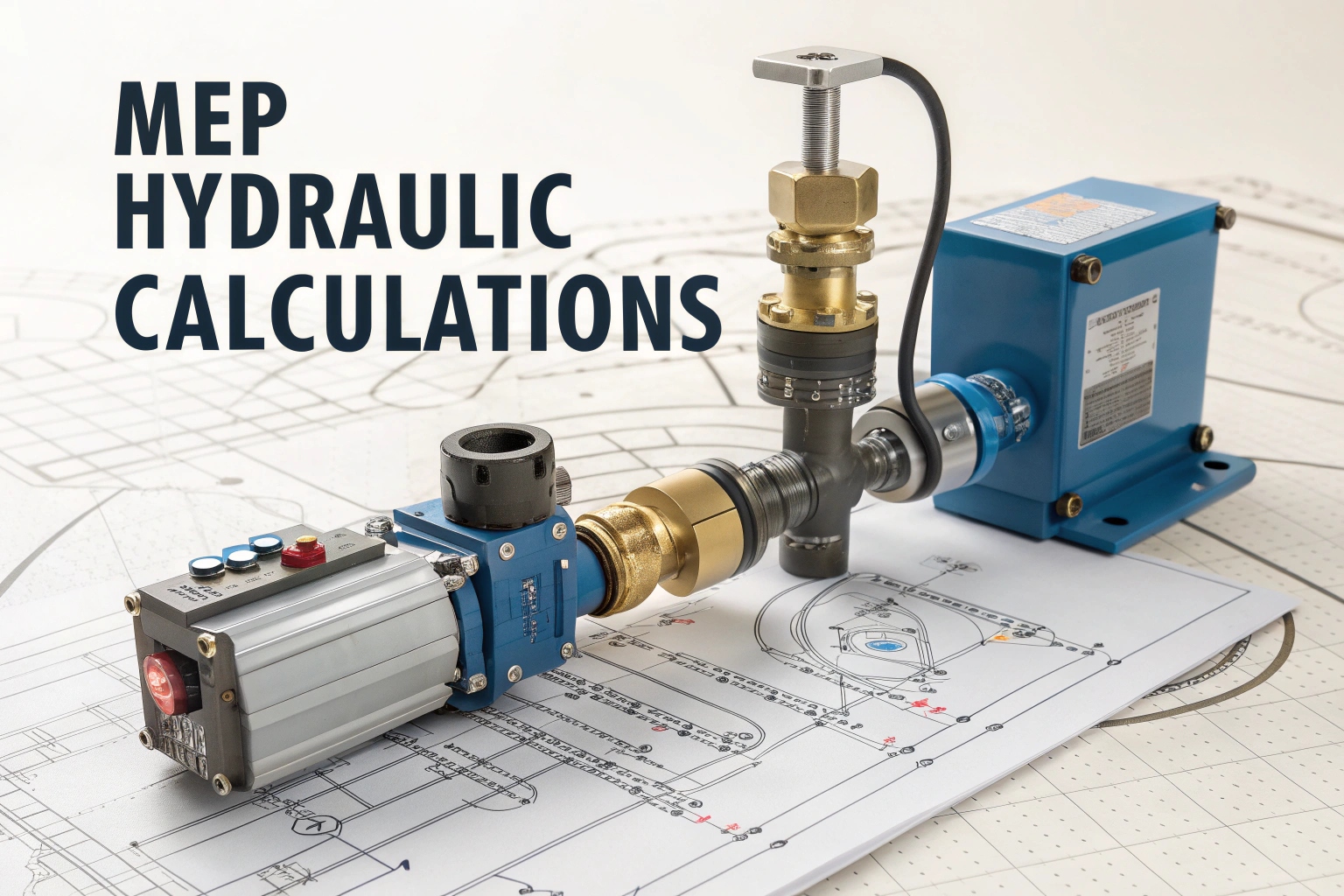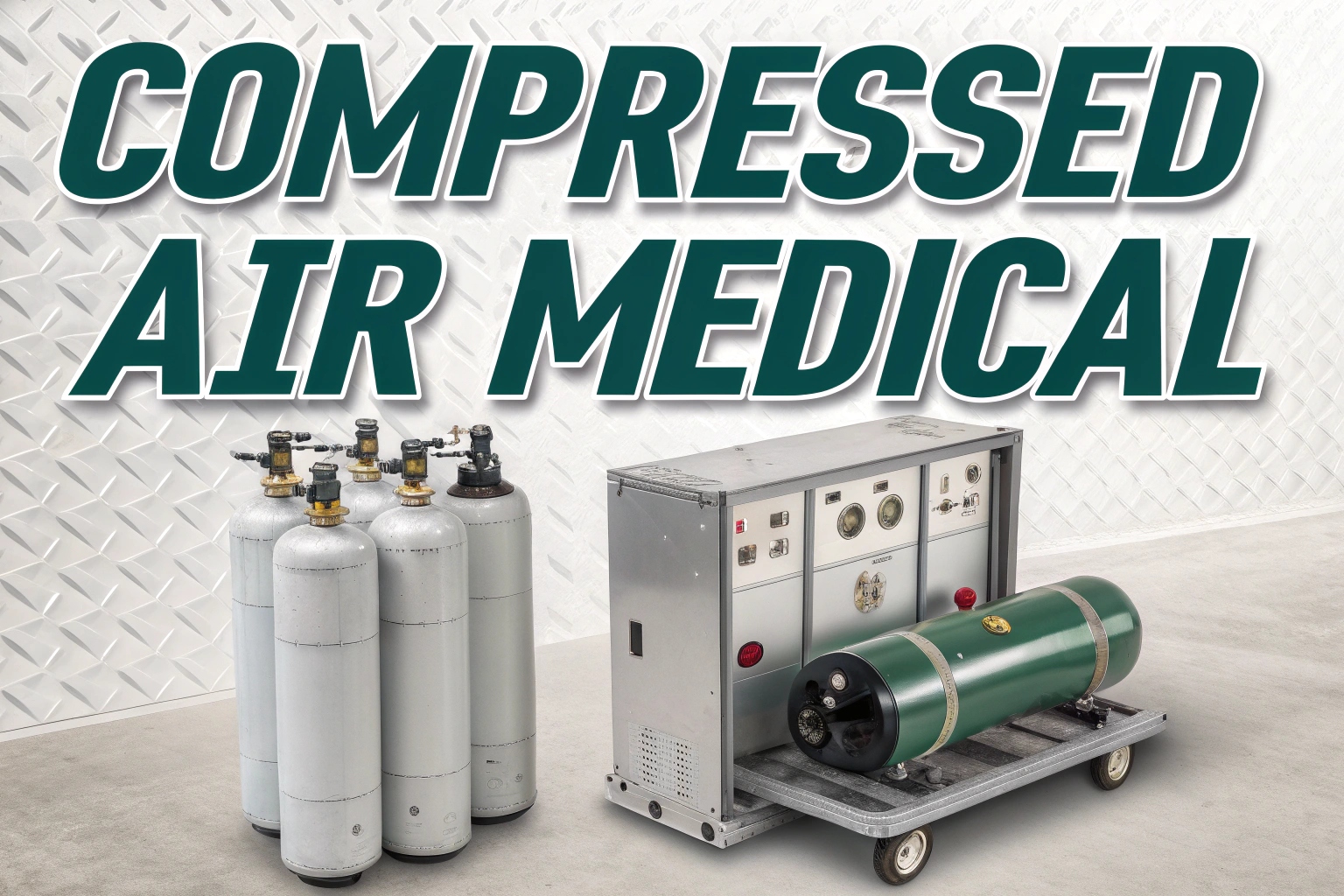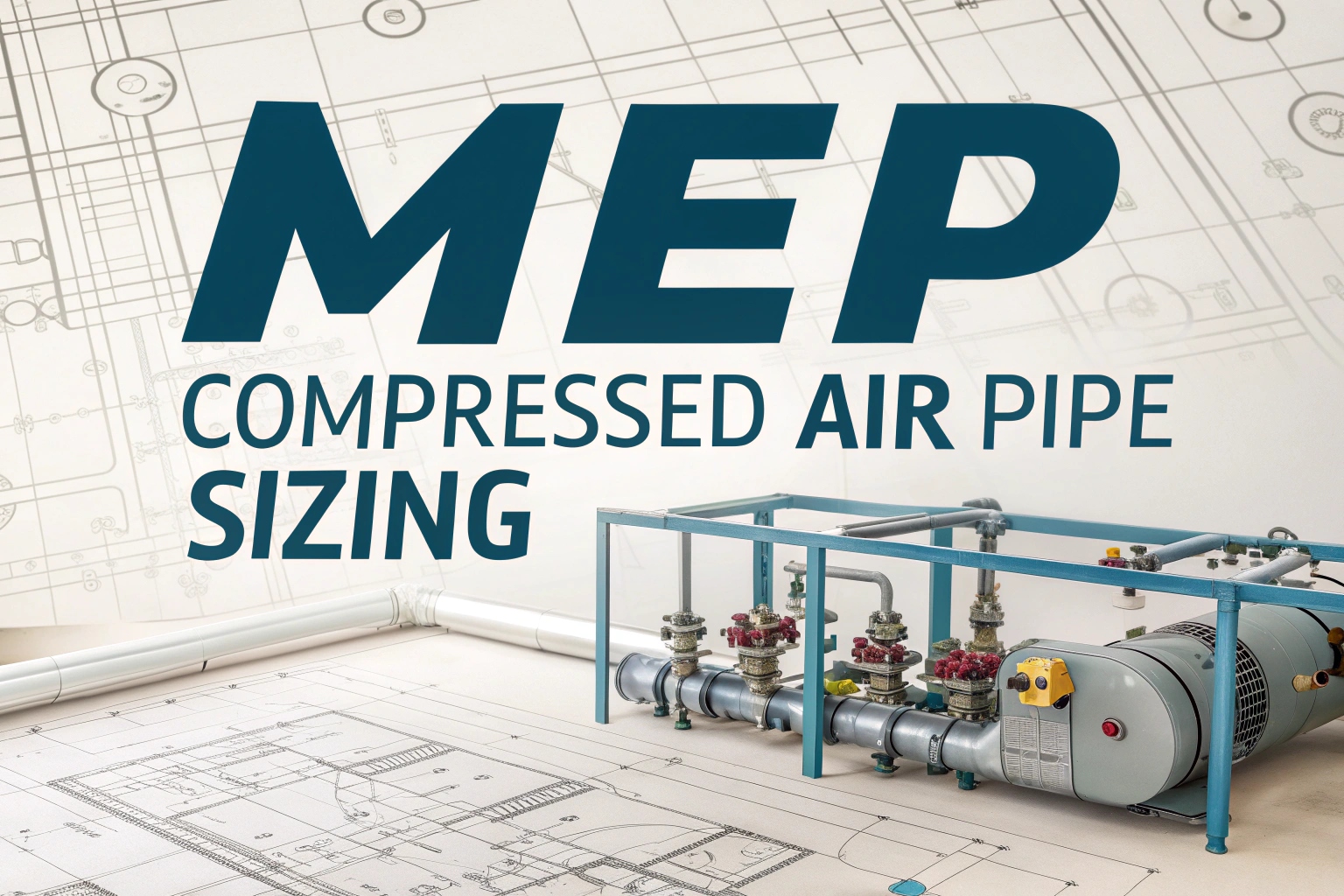Setting up a room to reach the best air quality and humidity level depends on how it’s heated or cooled. Professionals who design and prepare spaces, whether they are homes, commercial areas, or industrial buildings, must make a critical calculation to ensure good air quality. Psychrometrics is an area of engineering that studies the physical and thermodynamic properties of gas-vapor mixtures. This article will cover the history, applications, and main properties of Psychrometrics.
Psychrometrics History
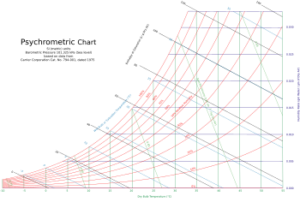
In the sixteenth and seventeenth centuries, people began developing ideas to combine the hygrometer and thermometer after inventing both tools. In 1818, a German inventor named Ernst Ferdinand August (1795-1870) introduced the term “psychrometer,” which comes from Greek and means “cold measure.” A psychrometer is a type of hygrometer that works on the idea that dry air speeds up evaporation, while wet air slows it down.
Common Applications of Psychrometrics
Psychrometrics mainly studies gas-vapor mixtures, especially the mix of water vapor and air, because of its role in heating, ventilation, air conditioning, and weather studies. For people, thermal comfort depends not only on air temperature but also on the amount of water vapor in the air since we cool ourselves by sweating.
Many materials, like cotton, paper, wood, sugar, calcium oxide, and various chemicals and fertilizers, absorb water depending on the humidity level. Industries that work with these materials focus on controlling humidity during production and storage. Controlling humidity is also crucial when handling flammable materials, as very dry air can cause static discharges and start fires.
In drying processes, such as drying paper, manufacturers aim for a balance. Lower humidity speeds up drying, while higher humidity saves energy. Some industries also work to prevent condensation, which could damage products or cause rust.
Keeping humidity levels low helps control mold and fungi, as wood-damaging fungi usually do not grow if humidity stays below 75%.
Psychrometric Properties
Dry-Bulb Temperature (DBT)
Dry-bulb temperature is the temperature shown by a thermometer in a shaded area, away from direct sunlight. This term distinguishes it from wet-bulb or dew point temperatures. In meteorology and psychrometrics, “temperature” usually means dry-bulb temperature unless specified otherwise. A dry-bulb thermometer measures this temperature with a dry sensing bulb. The WMO has a detailed chapter on temperature measurement.
Wet-Bulb Temperature (WBT)
The wet-bulb temperature is a property of a mixture of air and water vapor. A wet-bulb thermometer reading provides a close estimate of this temperature, though accuracy depends on air speed over the thermometer bulb and protection from surrounding radiant heat. Air speeds around 5,000 ft/min (~60 mph, 25.4 m/s) are ideal, but moving a thermometer this fast can be risky. At lower speeds or in strong radiant heat (like sunlight), the reading may be off by up to 15%. A wet-bulb temperature with air moving at about 1–2 m/s is called screen temperature, while a faster airflow of 3.5 m/s or more gives a sling temperature. A psychrometer uses both a dry-bulb and wet-bulb thermometer; a sling psychrometer requires manual airflow, while a powered psychrometer has a fan. With both DBT and WBT, one can find relative humidity (RH) on a psychrometric chart, considering air pressure.
Dew Point Temperature
The dew point is the temperature where moisture in the air begins to condense into liquid, often marking the base of clouds in the atmosphere. This level is also known as the condensation level. Simply, the dew point is the temperature where water vapor turns into “dew.”
Humidity
- Specific Humidity: This is the mass of water vapor compared to the total mass of the moist air (dry air plus water vapor). It’s related to the humidity ratio but has a lower value.
- Absolute Humidity: This measures the mass of water vapor per unit mass of dry air, also known as water vapor density.
- Relative Humidity: This ratio, shown as a percent, compares the actual moisture in the air to the moisture that would be present if the air were fully saturated.
Specific Enthalpy
This term refers to the total energy of both dry air and water vapor per kilogram of dry air, similar to specific enthalpy in other substances.
Specific Volume
Specific volume measures the total volume of dry air and water vapor per unit mass of dry air, similar to the concept in pure substances.
Psychrometric Ratio
The psychrometric ratio compares the heat transfer coefficient to the mass transfer coefficient and humid heat at a wet surface. It connects absolute and saturation humidity with the difference between dry-bulb and adiabatic saturation temperatures. In air-water vapor systems, this ratio is close to one, making drying and cooling calculations simpler.
Humid Heat
Humid heat is the amount of heat needed to change the temperature of a mixture of water vapor and air by 1 °C, measured per unit mass of dry air.
Pressure
Many psychrometric properties depend on:
- The vapor pressure of water
- The atmospheric pressure where the sample is taken
Conclusion
Psychrometrics plays a vital role in managing indoor air quality, temperature, and humidity, whether in homes, commercial spaces, or industrial settings. By understanding key psychrometric properties like dry-bulb and wet-bulb temperatures, dew point, and relative humidity, professionals can create environments that meet comfort and safety standards. This field is essential for applications such as HVAC, weather prediction, and manufacturing processes, ensuring proper air handling and moisture control. Psychrometrics ultimately enables better climate control, energy efficiency, and improved product longevity across various industries.
FAQs
What do you mean by psychrometry?
Psychrometry studies the properties of moist air, which helps engineers in designing systems for heating, cooling, and ventilating buildings.
What is the psychometric process?
The psychrometric process involves changes in air properties for heating, cooling, and humidifying. Engineers use a psychrometric chart to study these processes.
What is the importance of psychrometry?
Psychrometry is essential in HVAC engineering, helping to design systems that control comfort, energy use, and moisture levels efficiently.
What are the six psychrometric processes?
The six psychrometric processes are: sensible cooling and heating (temperature changes without humidity change), cooling and dehumidification, cooling and humidification, heating and humidification, heating and dehumidification, and achieving optimal comfort in buildings.
Read More – Thermal Energy Storage: Types, Application, Benefits

